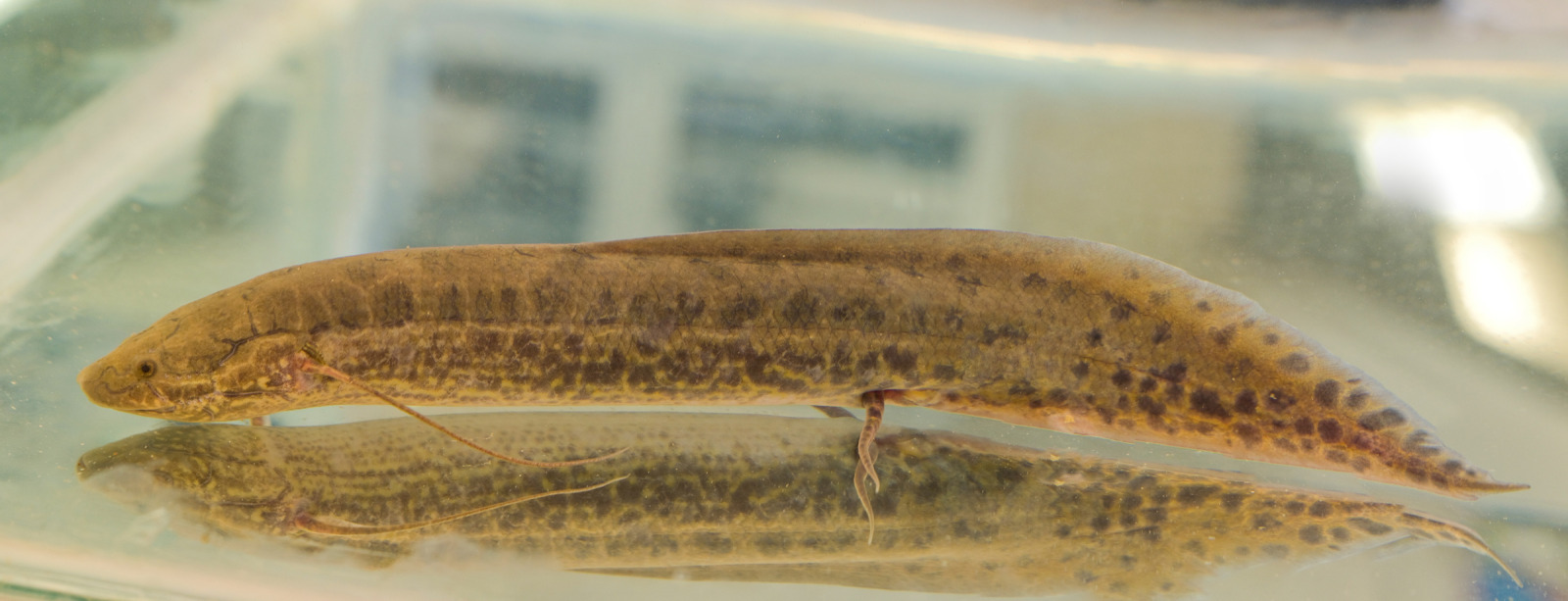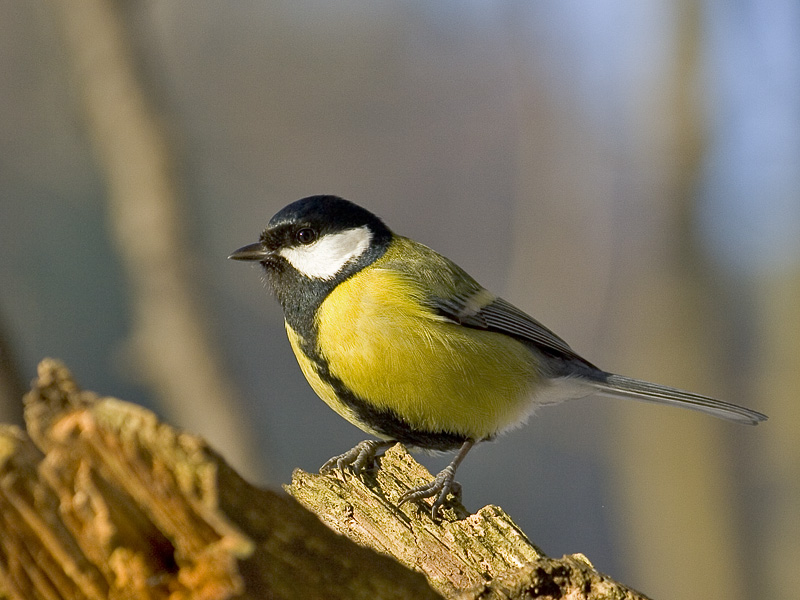Walking on the Seabed, Miniature Steam engines and Cool Mosquitoes
Interview with
Walking Lungfish
The African lungfish uses its fins to walk rather than swim underwater. Publishing in the journal PNAS, Heather King from the University of Chicago monitored the movements of lungfish in tanks of water and found them using their pelvic fins as hind legs to walk along the bottom of the tank . The finding suggests that walking may have evolved underwater rather than on land.
. The finding suggests that walking may have evolved underwater rather than on land.
The World's Smallest Steam Engine
The smallest steam engine in the world has been developed by scientists at the University of Stuttgart. Using a single colloidal particle called melamine, thousandths of millimetre in size, submerged in an equally small chamber of water, Clemens Bechinger used a laser to trap the particle and varied the laser's intensity to either restrict or free the particle, resembling the compression and expansion seen in a large scale steam engine. A second laser was used to heat and cool the water bath.
Urban Birds Tweeting High
Birds living in cities produce higher pitch sounds that those living in more rural environments. It's long been known that urban birds produce a different song to those in the countryside but the reasons why had been  subject to speculation. But now, recording and monitoring the songs of great tits in and around the city of Sheffield, Emily Mockford from the University of Aberystwyth found that birds within the city produce sounds of a much higher pitch, enabling the sounds to travel further and echo less off surrounding buildings.
subject to speculation. But now, recording and monitoring the songs of great tits in and around the city of Sheffield, Emily Mockford from the University of Aberystwyth found that birds within the city produce sounds of a much higher pitch, enabling the sounds to travel further and echo less off surrounding buildings.
Cool Mosquitoes
Mosquitoes release droplets of fluid to keep themselves cool whilst feeding. Scientists have often wondered how cold blooded insects such as mosquitoes prevent themselves overheating when consuming hot blood from a human. Using thermal cameras to monitor mosquitoes during a meal, Claudio Lazarri's team from the University of Tours in France noticed that as they feed, the insects exude droplets of fluid to cool their bodies down to ambient temperatures.
The work could be used to control mosquito populations in the future and is published this week in the journal Current Biology.










Comments
Add a comment